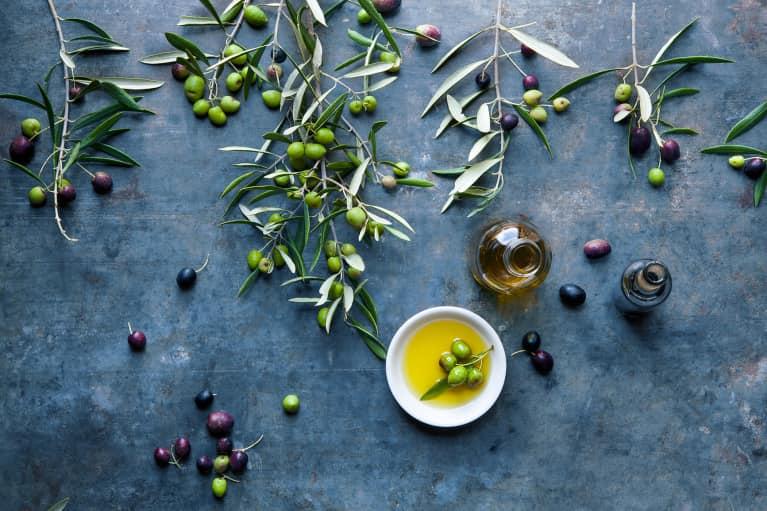How to Identify High Quality Olive Oil:
You also need to learn how to determine whether the olive oil you’re about to use is still fresh. Here are four signs of defective olive oil, as reported by Olive Oil Times:
•Rancidity: Remember that rancid olive oil smells like crayons, tastes like rancid nuts and has a greasy mouth feel. So beware of leaving your bottle of olive oil right on the counter, opening and closing it multiple times in a week. Any time it is exposed to air and/or light, it oxidizes. The chlorophyll in extra virgin olive oil speeds up the oxidation of the unsaturated fats.
Treat olive oil as you would other sensitive omega-3 oils by keeping it in a cool and dark place, purchasing smaller bottles instead of larger ones to ensure freshness and immediately replacing the cap after each pour.
•Fusty oil: Your oil should not have a fermented smell to it, reminiscent of sweaty socks or swampy vegetation. See this quality on table olives — brown and mushy Kalamata-style olives exhibit a fusty flavor.
•Moldy olives: If your olive oil tastes dusty or musty, it’s likely made from moldy olives.
•Wine or vinegar flavor: If it tastes like it has undertones of wine and vinegar, it’s probably because the olives underwent fermentation with oxygen, which leads to the sharp, unpleasant flavor.






